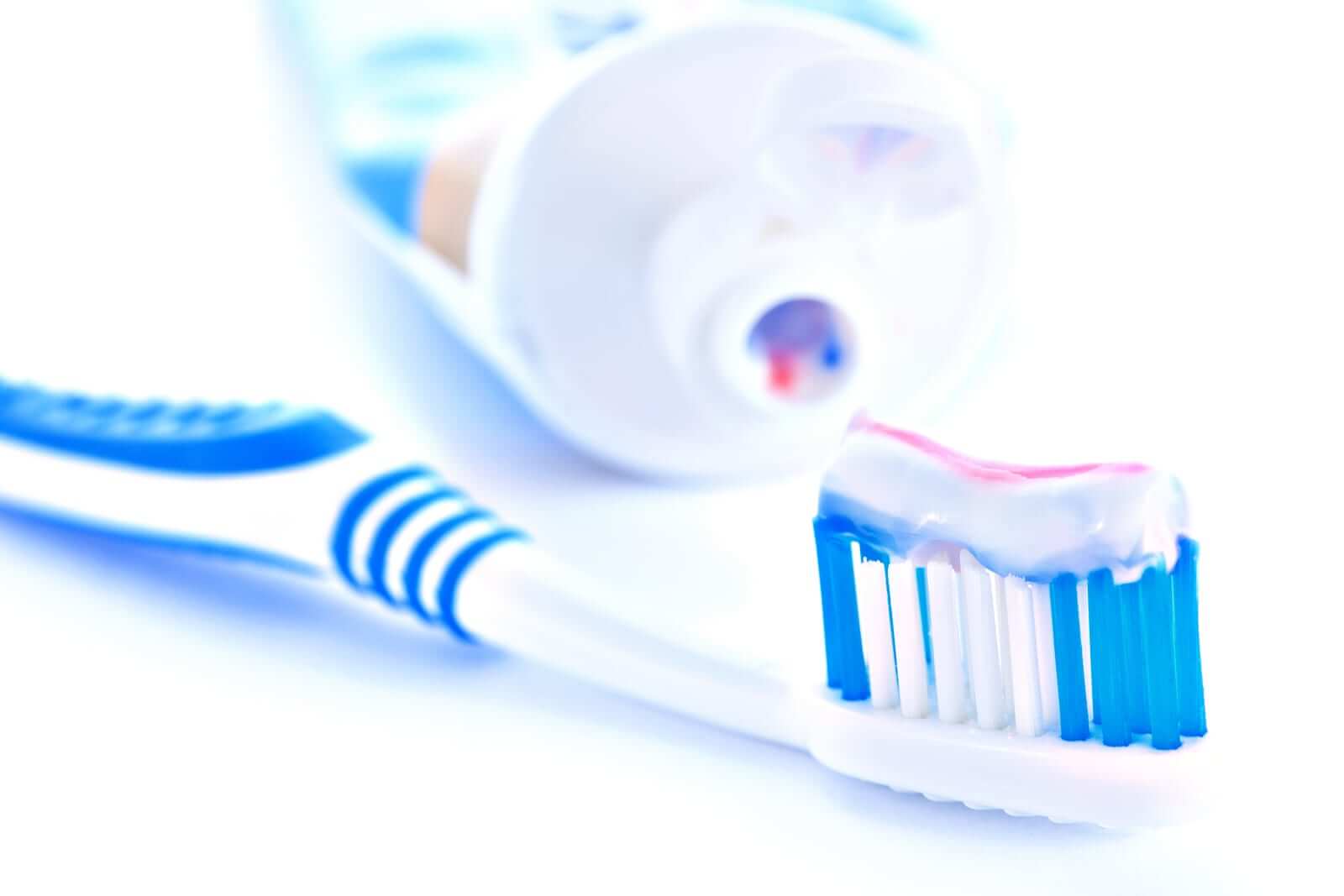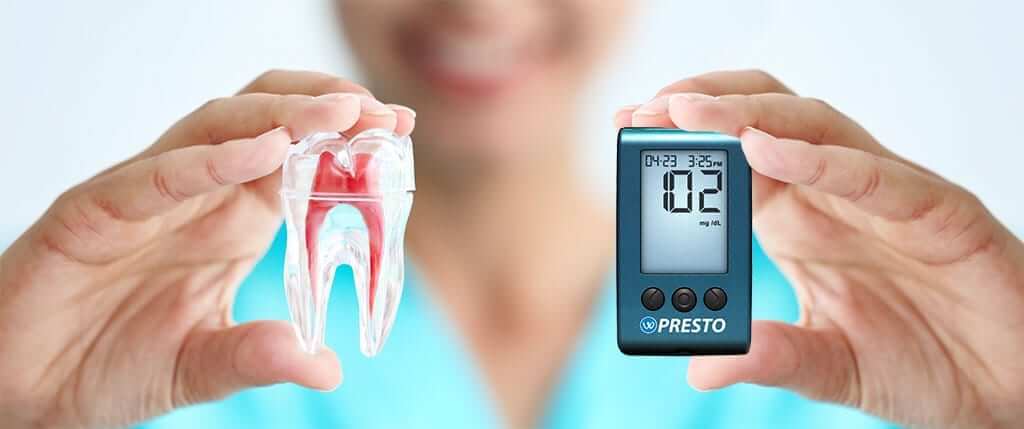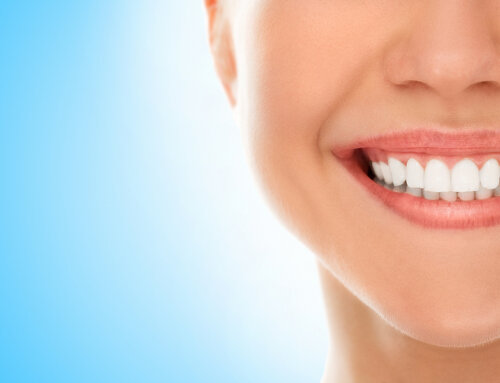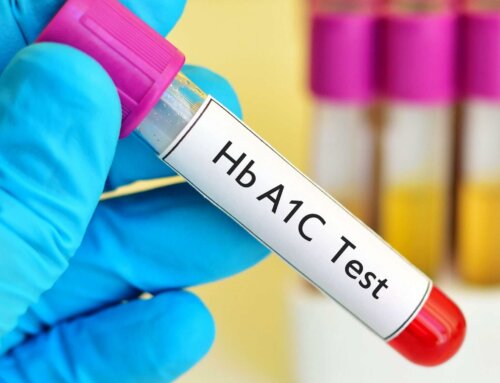“22% of people with diabetes suffer from gum disease. The risk of gum disease increases with age and out of control blood sugars. 1 in 5 cases of total tooth loss is linked to diabetes”.
With these statistics, I thought it was time to review dental issues in the mouth for those who have diabetes and ways to prevent future problems. Bacteria hide in your mouth and find their way to your gums. Gum disease is more predominant with diabetes especially when blood sugars are elevated. Actually, it can go both ways since gum disease can cause blood sugars to soar. Diabetes can decrease blood flow to the gums which is another risk factor for periodontal disease. Either way, periodontal or gum disease is considered one of the many complications of diabetes. Diabetes affects the immune system and makes it more difficult to fight mouth infections. Gum disease starts with plaque that clings on at the gum line. Plaque is formed when food, saliva and germs/bacteria mix. If plaque is not frequently removed by brushing, rinsing and flossing, it turns to tarter which builds on the gum line and is eventually covered with more plaque. Periodontal disease begins with gingivitis, which are swollen, puffy red gums that bleed easily. If gingivitis is ignored, it can eventually become stage 2, a more serious gum disorder called periodontitis. Periodontitis is when the gums pull away from the teeth and cause pockets between the teeth and gum area. These pockets can easily fill with more germs and pus and lead to eventual bone loss from the bones that support the teeth from below. Bone loss causes the teeth to become loose, shift or move and possibly fall out on their own. Many times if they do not fall out, they need to be pulled since they are no longer secure or stable. Periodontal disease rarely causes pain but may cause tenderness and bad breathe along with bleeding. You may notice your bite shifting which could cause headaches, difficulty chewing or TMJ (temporomandibular joint disorders) problems involving your jaw.

What dental tips can be used to protect my mouth from having these problems?
- Stay hydrated by drinking more fluids, especially plain water.
- Chew sugar-free gum or mints which contain Xylitol since it helps dislodge bacteria.
- Suck on sugar-free hard candies to keep the mouth moist.
- Use a toothpaste or mouth rinse with Xylitol.
- Purchase over–the–counter saliva substitutes found at drug stores. Use an OTC gel for dry mouth.
- Use mouthwash without alcohol which can be an irritant.
- Do not smoke and if you smoke, find a way to quit.
- Go for dental checkups as suggested by your dentist/dental provider. There is no one schedule for everyone. You may need to go 2-6 times a year depending on your mouth.
- Share medications or medication changes with your dental provider. Make sure they are aware of your diabetes control.
- You may need a specialist who deals with gums only, a periodontist. They can scale, use deep cleaning, do root planning or use laser therapy to help with gum disease.
- Start with a tongue scraper or brush. Most of the bacteria accumulate on the back of the tongue and gentle scraping will remove it. Scrapers are available over the counter.
- Brush for 2 minutes each time you brush and consider brushing after each meal. Brush each quadrant for 30 seconds and set a timer if you do not want to count. Wait about 30 minutes after the meal prior to brushing to protect the enamel softened by acidic foods.
- Look for toothpaste with anti-gigingival/antibacterial ingredients.
- Look for toothpaste for sensitive mouth and teeth if you are having burning sensations.
- Brush to remove plaque at the gum line at a 45 degree angle and use short strokes.
- Use a soft bristle toothbrush to prevent damage and abrasion at the gum line and gums. Hard bristles may also remove enamel from the surface of the teeth.
- Get an appropriate-sized toothbrush head that fits your mouth. Many adults have a small mouth and may need a pediatric toothbrush to accommodate proper angels of brushing. Adult sizes come in small or large.
- Electric toothbrushes are very popular but are more expensive. Most people feel they can achieve a cleaner/fresher mouth with an electric brush but it comes down to personal preference. Use an electric toothbrush if you have dexterity problems or arthritis. Ask your dentist which they recommend.
- Change toothbrush heads on the electric tooth brush or your regular tooth brush each time you visit the dentist or at least every 3-4 months. Change your toothbrush if you are a “biter” and see the bristles tilting or loosing shape. Also change each time you have a cold, flu or a bug.
- Floss prior to brushing to loosen plaque and debris from the gum line and then brush. Try waxed floss if your teeth are close together to prevent floss breakage. There are individual mouth picks as well which are easier to manage for some.
- The gentle pressure of a Waterpik will help loosen germs and bacteria at the gum line. You can use plain water or add a diluted solution of mouth wash for a fresher taste.
- There are several treatment rinses on the market which contain fluoride including Act which should help decrease cavities and keep your enamel stable. There are other rinses by prescription only which may help with gum problems so check with your dental provider.
- Eat a diet rich in vegetables that is moderate in high quality, low glycemic carbohydrates and lean proteins. Research points to bacteria in the intestinal region and the functioning of our immune system. Include low-fat yogurt with active cultures, kefir, fermented foods and beans to stir up healthy gut bacteria. This may change the mouth flora and help protect your gums.
Use these tips to help protect your mouth from tooth decay and periodontal disease. Keep your blood sugars controlled and your mouth will say Thank You!
NOTE: Consult your Doctor first to make sure my recommendations fit your special health needs.







Leave A Comment